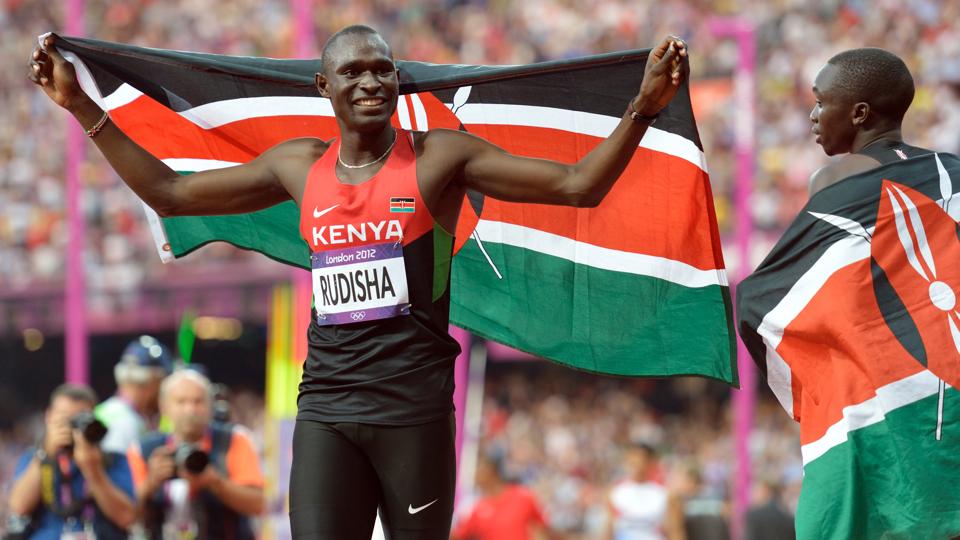Opportunity for Image Rights in Kenya’s Sports Scene
- MMutegi |
- August 9, 2016 |
- Guest Post

Image Credit: www.si.com
In recent weeks, Kenya’s sports scene has experienced a unique flurry in activity with sponsorship deals, marketing arrangements and other forms of agreements being struck. This evidently points to an awakening among corporates towards the lucrative relationship that association with successful sporting brands can bring. In all this, however, the place of the individual athlete is rarely cast under the spotlight. This, with the Rio 2016 Olympic Games now upon us, is worth revisiting.
It is curious that even with the proven pedigree of the Kenyan athlete in various disciplines, most of them still live off the proceeds of one sporting event after the other. This can be contrasted against comparable sport-stars who have benefitted from the corporate desire to be associated with the pedigree athlete brand and image. In Kenya, this arguably has been occasioned by two factors: lack of awareness of image rights and an inadequate legal framework thereto.
Image rights, per the World Intellectual Property Organisation (WIPO) are the ability to decide when, how and by whom one’s physically recognisable features (image, voice and name) can be captured, reproduced or published. So monumental is the potential commercial gain from these rights that Article 40 of the Olympic Charter prohibits the use of any athlete’s or official’s image during any Olympic Games.
Most athletes may not be readily exposed to this commercial benefit that their success brings, aside from prize money won. Even when they are, they may be at the mercy of unscrupulous agents. Lately, however, there has been a progressive improvement in this aspect such as Dennis Oliech boycotting the national team in 2012 for alleged exploitation of his image rights without his consent. In addition, stars such as David Rudisha, Collins Injera and Julius Yego have recently bagged advertising deals due to their prowess.
Nonetheless, there is an opportunity for advocacy on athletes’ intellectual property rights to improve such awareness. This can be achieved through their respective associations or through private actors such as the Centre for Sports Law. Such awareness will guide contractual protections that athletes can seek in the absence of a well-founded law.
The legislative foundation upon which such awareness and protection of athletes’ image rights should be founded is presently lacking. There once was a healthy debate on how best to legislate on image rights in Kenya that would best be reignited. Some parties argue for an amendment to the Copyright Act making provision for image rights. Others argue that the unique nature of image rights does not fit into any existing legislation and is deserving of its own unique (sui generis) protection.
Whichever of the two approaches is best is debateable, but Kenya owes its athletes an enormous debt for the pride, recognition and unity they bring. Developing such a law to protect and enhance their interests would help eliminate any uncertainties that may presently exist in contracts entered, as well as possibly creating a minimum standard to be met. It would also be a boon not only to athletes but to the economy by boosting the sports and advertising industries. Coupling this with awareness amongst athletes will assist in safeguarding their wellbeing even after retirement.
**Mutugi Mutegi is a lawyer and Masters candidate at the University of Pretoria. Follow him on twitter at: @wa_mutegi. An abridged version of this article was published in the Business Daily.

Mingina Mathea
M